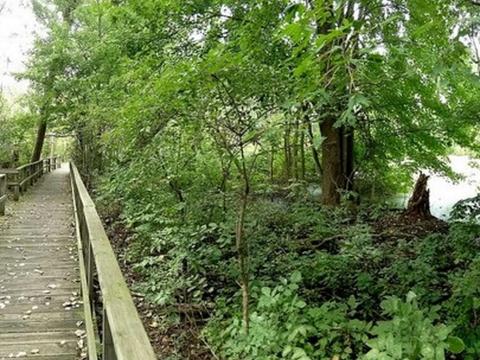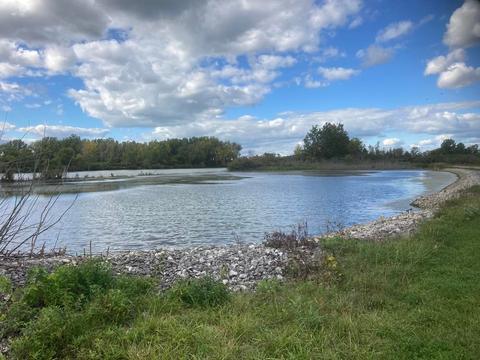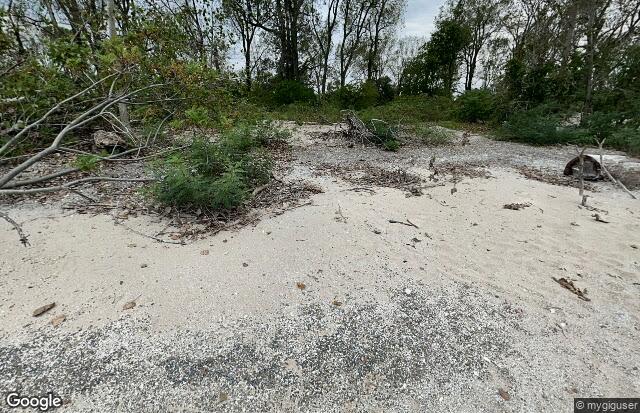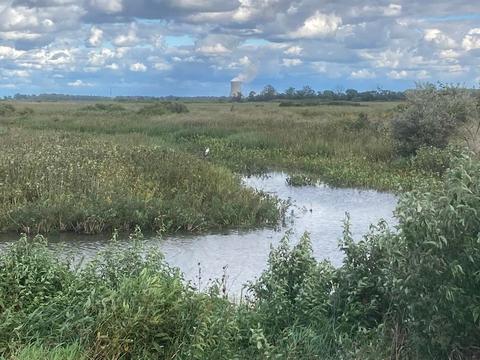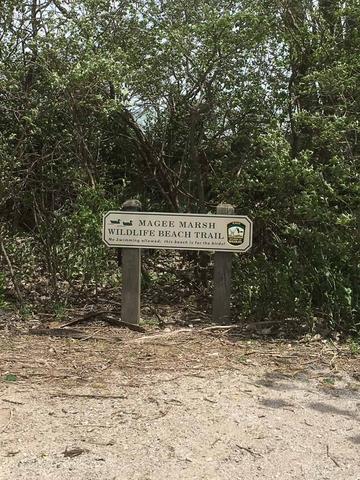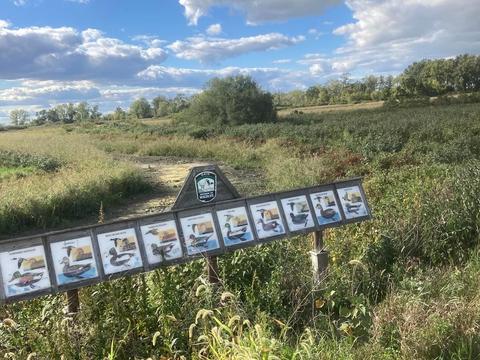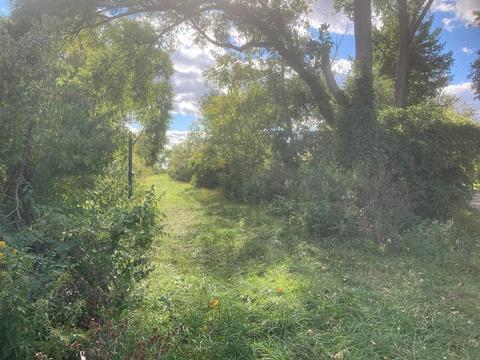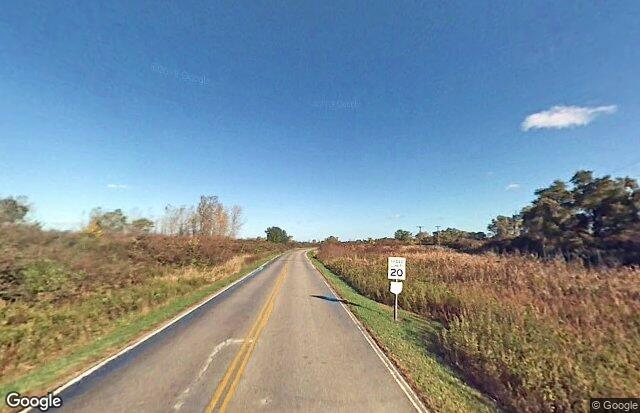
Magee Marsh
Magee Marsh
Oak Harbor, Ohio 43449
Official WebsiteMagee Marsh Wildlife Area trail map
Friends of Magee Marsh website
Tips for Birding
Please, be safe. It is never safe to stop your car on OH-2 in this area. State and local police ticket drivers pulled over to the side of this highway.
The south portion of Magee Marsh Wildlife Area (near OH-2) is in Ottawa County. The north portion of the wildlife area (near Lake Erie) is in Lucas County. (See map for the location of the Lucas/Ottawa county line.) Magee Marsh is one of those locations in Ohio where a county line runs right through the middle of the area! Thus, there is no “general” hotspot for all of Magee Marsh. There are eBird hotspots for each county.
Magee Marsh is 2000 acres of wetlands situated on Lake Erie. It has been named one of the top ten bird watching sites in the country. Several trails are open for birding, with the Magee Marsh Bird Trail or Boardwalk the most popular. There are also pull-off areas for viewing along the road. Visitors can stop by the Bird Center to pick up a checklist or map and find out what birds have been recently sighted. The Lake Erie Wing Watch birding guide is also available at the Bird Center.
From Port Clinton go west on OH-2; Magee Marsh is about 5 miles past Davis Besse Nuclear Power Plant, between OH-19 and OH-590, on OH-2.
The Wildlife Area is open during daylight hours. The Bird Center is open all year Monday through Friday from 8 am until 5 pm. During March through November, the Bird Center is also open on Saturdays and Sundays from 11 am until 5 pm, with special birding hours for the months of April and May, opening at 8 am on Saturdays. The area beyond the Bird Center is closed from mid-October through December for controlled waterfowl hunting, however, the Bird Center and trail remain open during this time.
Magee Marsh is a stop on the Lake Erie Birding Trail.
Magee Marsh Boardwalk Code of Ethics
From Birding Magee Marsh website
Tips on submitting eBird checklists at Magee Marsh
Birds of Interest
Winter
Northern shrikes, short-eared owls, bald eagles.
Spring
Warblers and other neotropical migrants, nesting eagles.
Summer
Herons, egrets.
Fall
Waterfowl, including trumpeter swans.
About this Location
The Lake Erie marshes gained fame during the late 1800s as some of the best waterfowl hunting areas in the United States. Wealthy hunters vied to purchase choice hunting sites, and as early as 1890 much of the wetland area was being operated for private shooting. By the end of 1951 the entire 30,000 acres of remaining marshland along Lake Erie, from Toledo to Sandusky, was under private club ownership. Today, the region still supports some of the most intensively developed and managed waterfowling clubs in the Midwest. The Magee Marsh Wildlife Area, purchased by the Ohio Division of Wildlife in August 1951, lies in some of Ohio’s finest remaining wetlands. The marsh complex has historically been inhabited by large numbers of waterfowl, waterbirds, shorebirds, and songbirds. The primary responsibility at Magee Marsh is the development and maintenance of high quality wetland habitat for a diverse array of wetland wildlife species.
During fall migration, thousands of Canada geese, mallards, black ducks, widgeon, and green-winged teal will use this portion of Lake Erie’s Western Basin marshes. Other common species found in Magee Marsh include pintails, gadwalls, shovelers, blue-winged teal, wood ducks, ring-necked ducks, and red-breasted mergansers. Lesser numbers of redheads, scaup, buffleheads, ruddy ducks, and canvasbacks also frequent Magee Marsh during migration. Fall duck populations usually peak around mid-November. These shallow marshes usually freeze over during the third week of November, but Sandusky Bay and Lake Erie normally remain open until mid-December. This open water, combined with an abundance of waste cereal grains in nearby fields, tends to hold relatively large populations of ducks in the area until late in the hunting season. Spring flights of migrating waterfowl become apparent after the frozen marshes begin to thaw in February. Early flights of pintails, mallards, and black ducks follow the freeze line. Local giant Canada geese, along with a small population of wintering migratory geese, will stay through the winter in the vicinity of Magee Marsh. Flocks of migrating tundra swans, sometimes numbering 2,000-3,000 appear in late March and remain in the area until the end of April. Spring and fall migrations are spectacular at Magee Marsh, with more than 300 species of birds being recorded in the area. Bald eagles, peregrine falcons, osprey, and a large variety of hawks can be seen at Magee Marsh during the spring. A forested beach ridge located on Magee provides a critical feeding and resting habitat for more than 150 species of migrating songbirds, including 36 species of warblers, as they rest and refuel before continuing on their journey. An accessible boardwalk that meanders through this beach ridge provides some of the best bird watching opportunities in the Midwest. During the summer, herons, egrets, pied-billed grebes, ducks, and Canada geese can be seen in the marsh and along the waterways, and a variety of migrating shorebirds can be spotted as they feed in the mudflats during late summer and early fall. Always remember to keep your eyes open for a glimpse of the bald eagles that frequent the marsh.
Magee Marsh Wildlife Area attracts birders from all over the world. There are a number of Hotspots set up in eBird to receive your bird checklists when you visit.
Restrooms at Magee Marsh are available inside the Migratory Bird Center. Portable toilets are at the Black Swamp Bird Observatory office all year and seasonally at the parking lot for the Magee Marsh boardwalk.
The Migratory Bird Center is handicap accessible. The boardwalk at Magee Marsh is wheelchair accessible.
Notable Trails
Trails in Lucas County:
Magee Marsh Boardwalk – 1.2 miles
You may use the eBird hotspot to report birds you see on the Boardwalk itself or along the wood edge on the south side of the parking lot adjacent to the Boardwalk.
West Beach Trail – 0.5 miles
This is the beach of the former Crane Creek State Park on the lake side of the parking lots for Magee Marsh Boardwalk.
East Beach Trail – 0.5 miles
The parking area for this beach is at the end of the Causeway where the road turns left toward the Boardwalk.
Lakefront Levee Trail – 0.5 miles (open seasonally)
The Lakefront Dike Trail is parallel to and south of the East Beach Trail. It is open only during the spring migration.
Crane Creek Estuary Trail – 0.5 miles
This partnership trail was opened in 2012 and offers additional warbler habitat as well as excellent access to the Crane Creek Estuary. Most of the trail is in Ottawa National Wildlife Refuge.
Goosehaven Trail – .7 mile
The Goosehaven Trail is on the dike south of the Boardwalk and is accessible from the Crane Creek Estuary Trail. It is open seasonally.
Trails in Ottawa County:
Bird Center Walking Trails – 1.4 miles
Parking is available at the Magee Marsh Bird Center. Access the trails is from the visitor center. There are bird feeders at the visitor center.
Woodies Roost Trail – 1.5 miles (open seasonally)
This trail is in Ottawa National Wildlife Refuge. Park at the Magee Marsh Bird Center. The trail is on the east side of the road to the causeway.
Magee-Ottawa Partnership Trail – 0.5 miles
This trail provides access to Ottawa National Wildlife Refuge. Park at the Magee Marsh Bird Center. The trail leads west from the road to the causeway and is just south of the Bird Center.
Gallagher Memorial Trail – 0.5 miles
Gallagher Memorial Trail is adjacent to the Black Swamp Bird Observatory office and nature center. There are bird feeders at the BSBO nature center. The Gallagher Memorial Trail is in Ottawa National Wildlife Refuge.
Features
Restrooms on site
Content from Official Website and Ohio Ornithological Society


